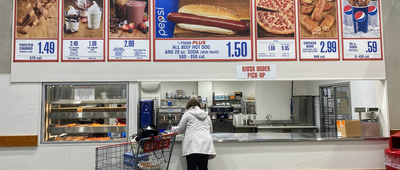Beware of Bleach
You might be able to buy bleach by the gallon at virtually any store around town, but that doesn't mean it's A-OK to use it on any and everything. Looking to keep your socks nice and white? A capful of bleach in the wash is just fine. However, since bleach is a powerful chemical, it can also cause more harm than good to different surfaces. Here are 10 things you should avoid using bleach to clean.



















